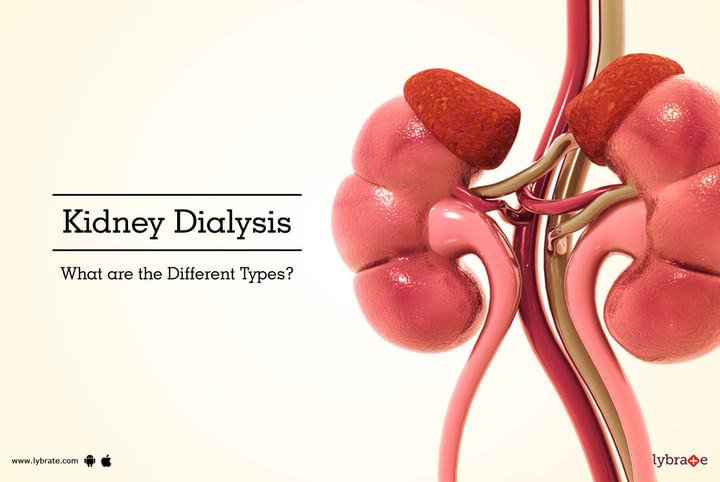Kidney Dialysis: What are the different types?
Kidneys have a basic function of filtering waste and excess of fluids from blood. Due to any infection or chronic kidney disease, if kidneys aren’t functioning well, an artificial system is used to remove the waste from blood. This process is called dialysis. Dialysis helps in different ways:
-
Removes excess of waste from blood
-
Balances fluids levels
-
Regulates blood pressure
Types of dialysis
Depending upon the type of machine used and the procedure conducted, dialysis can be of two types:
1. Hemodialysis: It is the most common type of dialysis. In this process, an artificial kidney, also known as a hemodialyzer, is used. With its help, waste and extra fluids are removed from blood. Generally, the duration of dialysis is for about 3-4 hours and the frequency is thrice a week. The process of dialysis takes place in three steps:
-
Blood is moved out of the body, with the help of a vascular access, an entrance into blood vessels. Before your first cycle of dialysis begins, a minor surgery is done to create this entrance
-
Blood is passed through the dialyzer, where the filtration takes place
-
The filtered blood is then put back in the body with the help of a dialysis machine
2. Peritoneal dialysis: Unlike hemodialysis, in peritoneal dialysis, the blood is not removed or isn’t passed through any external machine. It is cleaned inside your body, with the help of a catheter. A catheter is a small tube, which has two ends. One end is connected to the abdomen, and the other end is used to connect the dialysate bag or the machine to carry out dialysis. When not in use, it can be capped, so that you can move around comfortably. To place the catheter inside your body, a minor surgery is performed before the first cycle of dialysis starts.
The main types of peritoneal dialysis are:
- Continuous ambulatory peritoneal dialysis (CAPD): This process doesn’t require any kind of machine and can be done easily at home. All you need is a bag of dialysate, which is added to the abdominal cavity. Dialysate absorbs the extra fluid and waste products. The process takes around 4-5 hours to complete. After completion of the process, the dialysate is discarded.
- Continuous cycling peritoneal dialysis (CCPD): In CCPD, you would need a machine, called cycler, to clean the fluid. To remove the waste products completely from blood, multiple cycles are required. One cycle lasts for about 1 - 2 hours.
Dialysis is a long-term treatment. Which type suits you the best can be decided after a detailed discussion with your doctor.


+1.svg)
